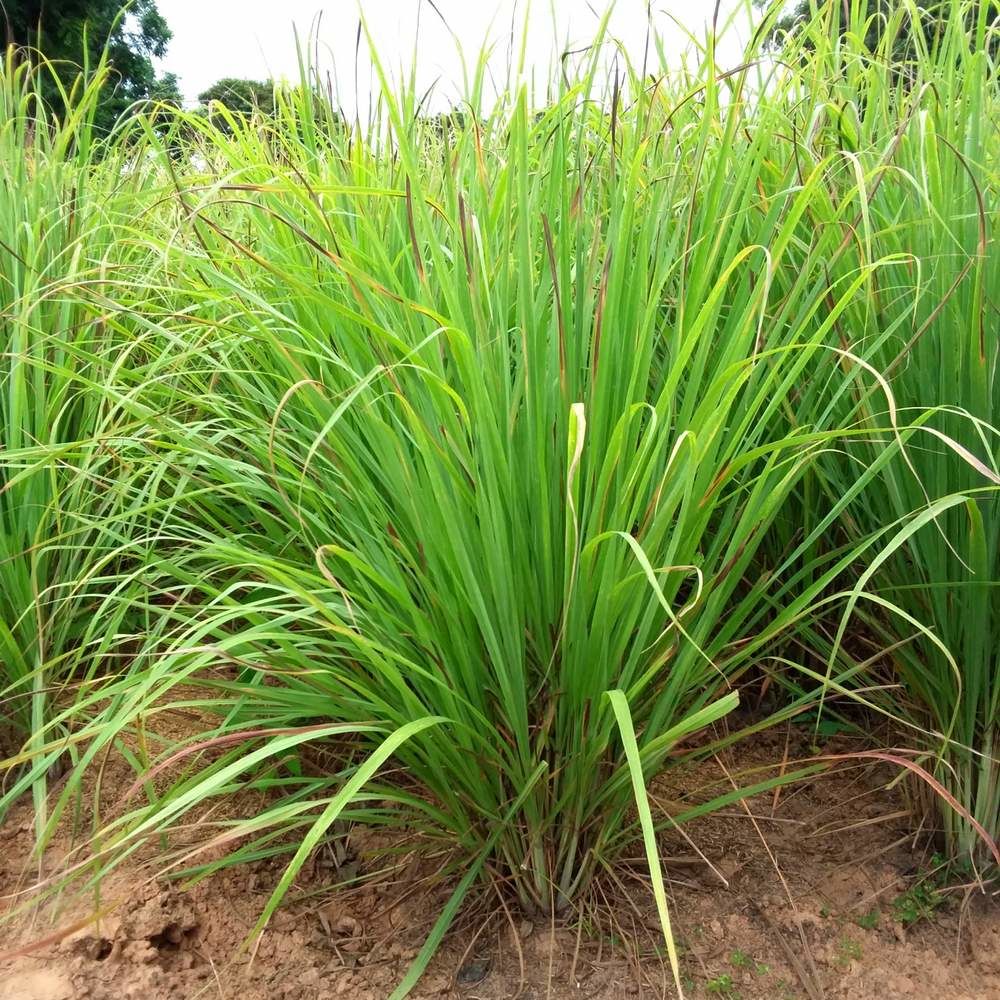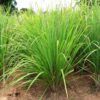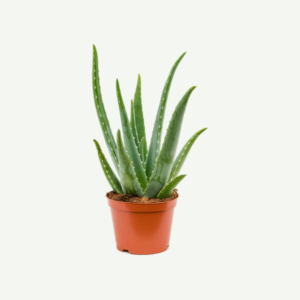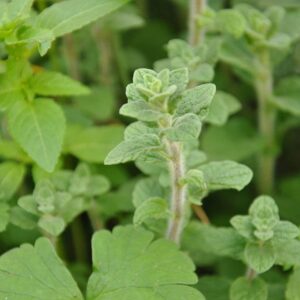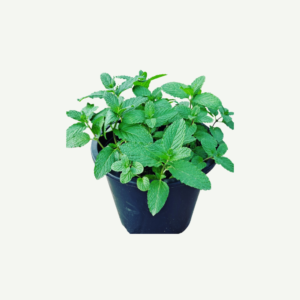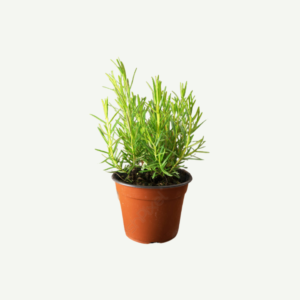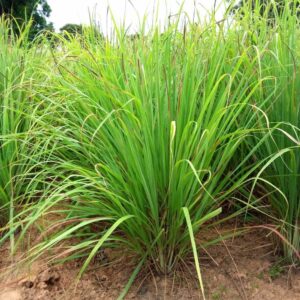The Poaceae family includes the aromatic and tasty lemongrass (Cymbopogon citratus). Originating in tropical Asia, particularly India and Southeast Asia, it is extensively grown for both its edible and medicinal properties. Lemongrass is a popular component in many dishes and drinks due to its stimulating scent and peppery flavor.
Aromatherapy and Food Applications:
Lemongrass landscaping is a typical herb component of many Asian dishes, particularly those from Vietnam, Indonesia, and Thailand. It adds a zesty citrus aroma and flavor to a wide variety of dishes, including soups, stir-fries, curries, and teas.
It is common practice to utilize the lower, more delicate part of the stems in cooking and to keep the top, rougher part for flavoring broths and soups before removing it before eating.
Traditional healers think that lemongrass has multiple beneficial health effects. Make an infusion or a cup of tea with it if you’re experiencing indigestion or difficulties sleeping.
Outdoor Space Utilization:
One common herb garden option is lemongrass, which thrives in containers and is ideal for outdoor spaces like patios and balconies.
One of the many uses for lemongrass in landscaping is as a fragrant, low-maintenance ground cover; another is as an attractive grass for edging and borders.
Some organic pesticide users employ lemongrass for its strong aroma and its capacity to repel insects.
Finally, lemongrass is a beautiful and adaptable plant that enhances the flavor and aroma of many dishes with its tangy citrus aroma. Its lemony flavor and ease of cultivation make it a favorite among home chefs and gardeners.
Here is a general description of lemongrass:
Physical Features of Plants:
Stems:
As they grow to their maximum length, the long, slender, fibrous stems of lemongrass change color from green to pale yellow or light green. When the stems are bruised or crushed, they release a powerful lemon aroma.
Leaves:
Lemongrass has long, narrow leaves that resemble blades and end in a sharp point. Dense clusters of leaves develop at the nodes of the stem.
Duration of Growth:
Perennial lemongrass can grow to a height of 2–4 feet (60–120 cm). With fresh branches sprouting from the plant’s base, it forms tufted clusters.
Special Considerations for Different Cultures:
Light:
Direct sunshine is ideal for lemongrass. A minimum of six to eight hours of sunshine every day is necessary for strong growth, optimal flavor development, and aromatic release.
Temperature:
Frost can kill lemongrass, therefore it’s best to keep it around warm. It requires protection from freezing temperatures but can be planted as an annual in colder climates or brought indoors for the winter.
Watering:
Even more so in hot, dry weather, it is critical to water your lemongrass lawn regularly. Consistently moisten the soil, but do not let it become wet. Soil with inadequate drainage cannot support root rot.
Soil:
Soil that drains well and is rich in loam is ideal for lemongrass. Organic soil amendments, whether they be sandy or loamy, are ideal for this plant’s growth.
Fertilization:
Applying a balanced, diluted liquid fertilizer to lemongrass every so often during the spring and summer will help it thrive. Fertilize sparingly to avoid stunted growth and less delicious leaves.
